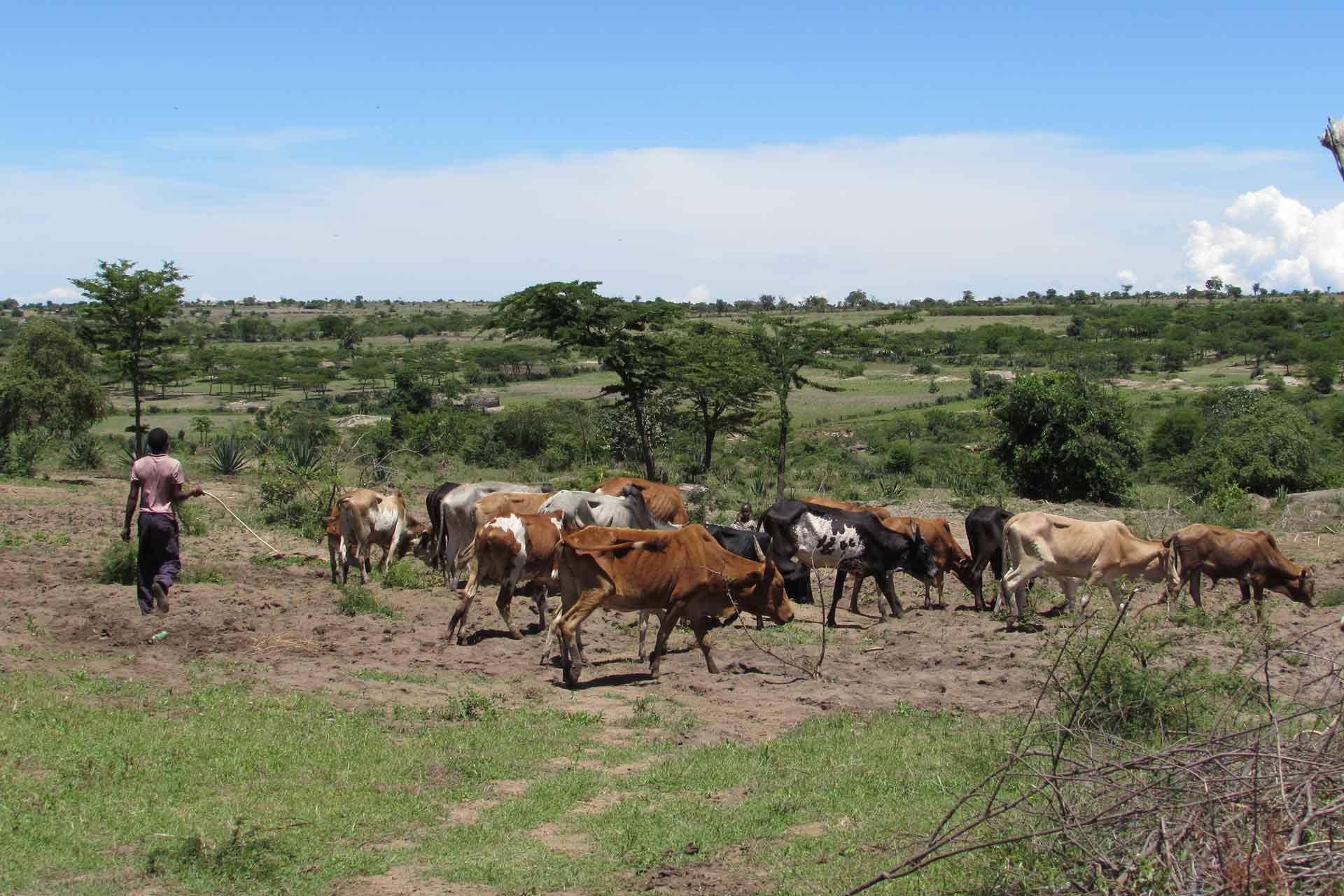Cross-protection induced by a A/MAY/97 emergency vaccine against intra-serotype heterologous challenge with a foot-and-mouth disease virus from the A/ASIA/G-VII lineage
Since 2015, outbreaks of foot-and-mouth disease (FMD) in the Middle East have been caused by a new emerging viral lineage, A/ASIA/G-VII. Invitro vaccine matching data indicated that this virus poorly matched (low r1-value) with vaccines that were being used in the region as well as most other commercially available vaccines. The aim of this study was to assess the performance of two candidate vaccines against challenge with a representative field virus from the A/ASIA/G-VII lineage. The results from an initial full dose protection study provided encouraging data for the A/MAY/97 vaccine, while the A22/IRQ/64 vaccine only protected 2/7 vaccinated animals. In view of these promising results, this vaccine was tested in a potency test (PD50) experiment in which 5 cattle were vaccinated with a full dose, 5 cattle with a 1/3 dose and 5 cattle with a 1/9 dose of vaccine. At 21 days post vaccination these vaccinated cattle and 3 control cattle were challenged intradermolingually with a field isolate from the A/ASIA/G-VII lineage. The intra-serotype heterologous potency test resulted in an intra-serotype heterologous potency of 6.5 PD50/dose. These data support previous studies showing that a high potency emergency vaccine can protect against clinical disease when challenged with a heterologous strain of the same serotype, indicating that not only the r1-value of the vaccine, but also the homologous potency of a vaccine should be taken into account when advising vaccines to control an outbreak.

